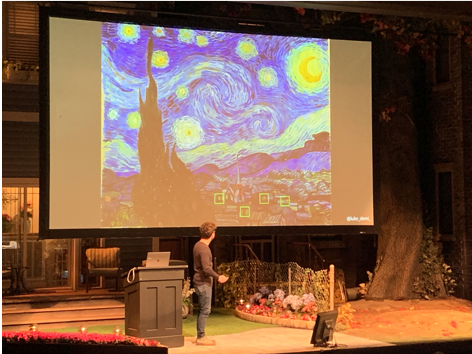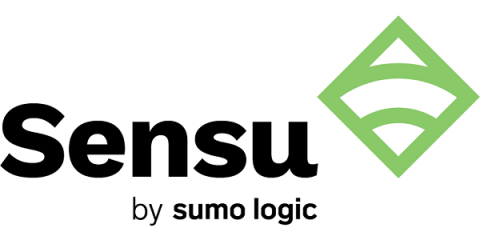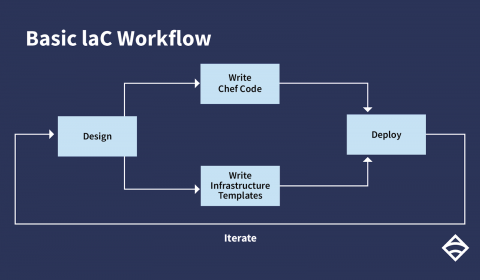Recapping Monitorama 2019 (or, why you should attend Monitorama 2020)
Monitorama is the event of the year if you’re in the monitoring and observability space! It’s an inclusive event for speakers, attendees, and vendors alike to network and learn from each other in a safe, comfortable, and accessible environment.




